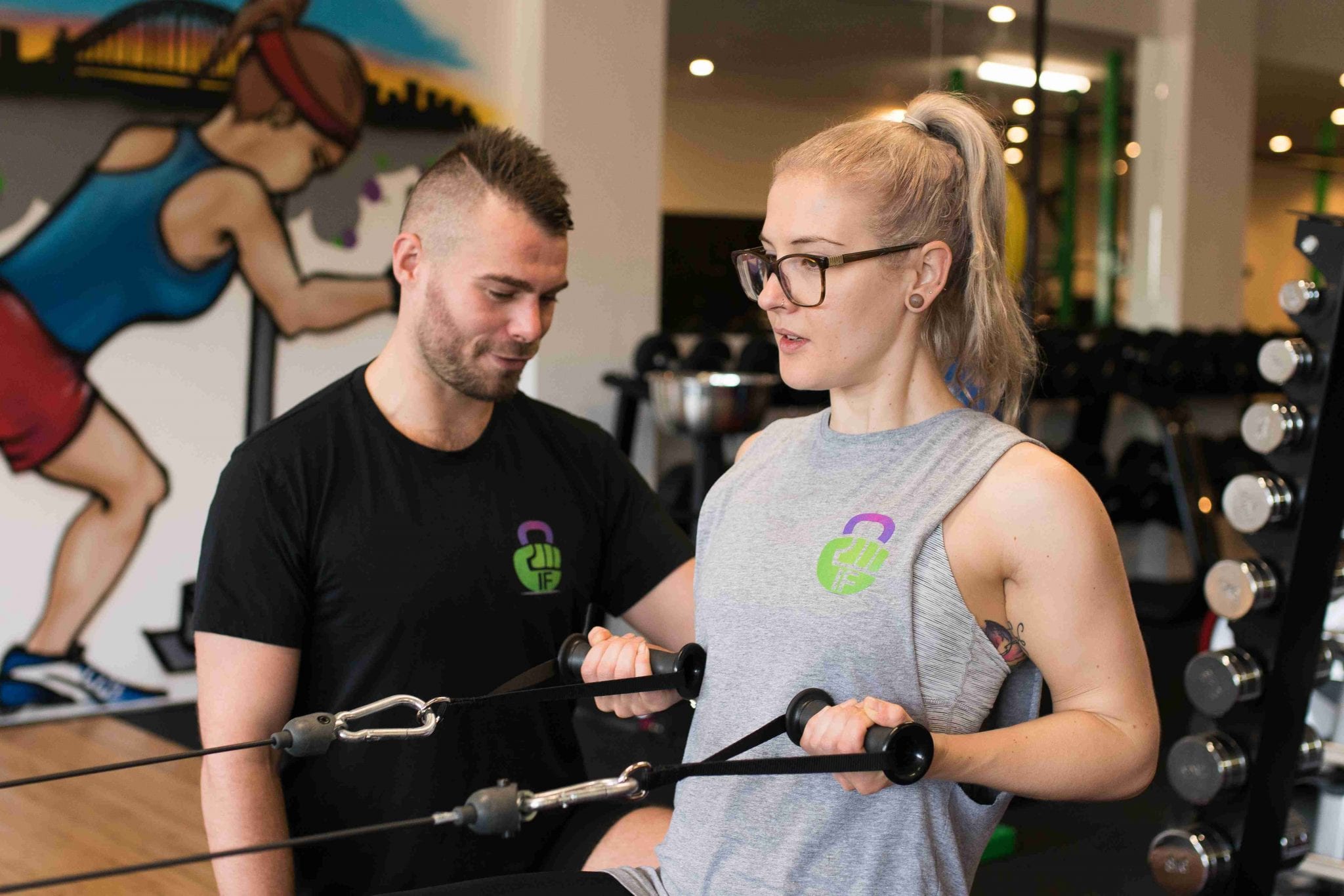FITNESS AUSTRALIA LEWISHAM
FITNESS AUSTRALIA LEWISHAM
InnerFit personal trainers are dedicated and have plenty of experience. They will design a program and sessions specific to your needs and goals. Just like our Group Training, we guarantee that every session will be different from the last. You trainer will coach, motivate and challenge you along YOUR journey.
If you are looking for a one-on-one training option and want a more personalised approach, contact us to discuss an option that suits YOU.
I have a functional approach to my sessions
My Training Style
I have a functional approach to my sessions, focusing on compound movements targeting various muscle groups simultaneously and most of all getting bang for your buck. This all depends on client’s goals and what they want out of training.
My Fitness Philosophy
It is not about lifting the heaviest weights, leave your ego at the door. Its about performing your moves correctly, with good technique and focus on using the right muscle groups. Most of all its about overall fitness and well-being. I have a holistic approach with all my clients. I want them all to be able to operate functionally in everyday life and be happy inside and out.
Fitness Australia Lewisham
'Consistency is the key to success"
Some Links To Check Out
https://innerfit.com.au/10-ways-to-stay-motivated/
Fitness
Fitness is far more than simply exercising on a consistent basis. Fitness has a variety of components and there are many ways it can be measured. With a solid understanding of this topic, individuals can address those aspects of their life that directly impact fitness.
Definition of Fitness
According to the Centres for Disease Control and Prevention (CDC), physical fitness is defined as 'the ability to carry out daily tasks with vigour and alertness, without undue fatigue, and with ample energy to enjoy leisure-time pursuits and respond to emergencies.' Based on this definition, fitness involves everything from getting out of bed to hiking to performing CPR.
In order to complete all of these tasks, one must consistently address their fitness levels. This requires proper conditioning through both structured exercise and leisurely activities.
Components of Fitness
Depending on the source, the components of fitness vary considerably. Below are common components:
• Cardiorespiratory endurance - typically measured by how long or fast a person can perform an activity and how this impacts measurements such as heart rate and oxygen consumption.
• Muscular endurance - typically measured by how many repetitions of an exercise a person can perform. Common tests involve push-ups and sit ups.
• Muscular strength - typically measured by how much weight can be moved in relation to repetitions. Exercises involving multiple joints and muscle groups such as squats or bench press are often used.
• Muscular power - typically measured by how much force can be generated during a given activity. Advanced equipment used by bi-mechanists are often needed to measure muscular power.
• Flexibility - typically measured by how far a muscle group can be stretched or joint can be moved. The most common tests involve the hamstrings and shoulders.
• Balance - typically measured by how long a particular position can be held with or without some type of activity being performed. Simple tests such as standing on one leg can be used to assess balance. More advanced tests may involve standing on an unsteady object while trying to catch a ball.
• Speed - typically measured by how quickly an individual can move from one point to another. The 40-yard dash is often used to assess speed.
• Body composition - this is the amount of fat on the body versus other tissues such as muscle, bones and skin. Measured using a variety of tests and devices. Simple tests using mathematical equations or callipers are common and inexpensive. More advanced tests such as underwater weighing are far less common and much more expensive.
In many cases, endurance and strength are the components used to assess fitness. But utilizing the other components offer a more complete picture of overall fitness, along with health and athleticism.

